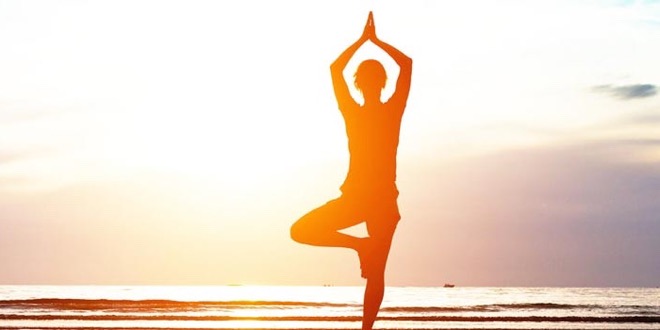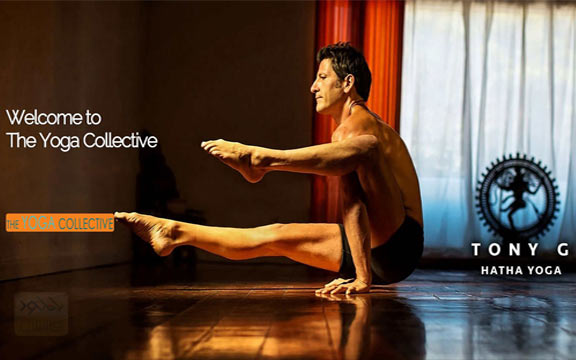


As we progress, the spiritual light of higher awareness takes up residence in the higher grades of one’s nature, mind and personality and even organizes the lower grades of consciousness. In turn, the receptive channels of one’s being open to a downpouring of the workings of the spiritual force and spiritual light of Higher Consciousness. A reorientation of the mind, emotions and senses toward a Higher Consciousness develops. The mental discipline of quieting the lower grades of the mind and personality start us on the yogic journey. Patanjali’s Yoga Sutras begins with the aphorism that the oscillations and perturbations of the mind must be quieted in order that a Higher Consciousness can be accessed. In the journey of the soul’s many lives and incarnations as minerals, plants, animals, humans and beyond it is the atman (our soul) who goes with us through the trials and tribulations of each life, each death and each afterlife. To put this in yogic terms, it is the atman (the soul) within our innermost being that seeks to find, know, love and merge with God (Brahman), from whom the soul has come. The aim of the soul within each of us is to merge back into its Source, having enriched the Source by affording it the myriad experiences of life. Yoga stands on the principle that the innermost drive within each person comes from the same Source. This article will build on my last article published in SYN by stating the philosophy of yoga on which asana practice stands, by writing about the sociological phenomenon of how yoga made its way onto American soil and will end with a proposal for a Seattle area yoga collective. I was one of those hippies who was captured by yoga.

Thus, it was an unlikely “marriage” that developed between the travelling Indian gurus and the disenchanted and disenfranchised youth of America. It was definitely not the class of people defined as the Establishment who were enamored by the yogis who came to the U.S., but rather it was a small number of intellectuals and a remarkably high number of hippies who embraced yoga in its early development here. It was the hippies who radically opposed the materialistic ways of thinking and the actions of the Establishment and it was the hippies who were looking for a new way to live that embraced a more inclusive philosophy than the one held by their parents and grandparents and by the society at large. Yoga broke into the American scene in the late 60’s and the early 70’s and it was the hippie revolution that opened the way for the Indian gurus of yoga to have an audience in the United States.


 0 kommentar(er)
0 kommentar(er)
